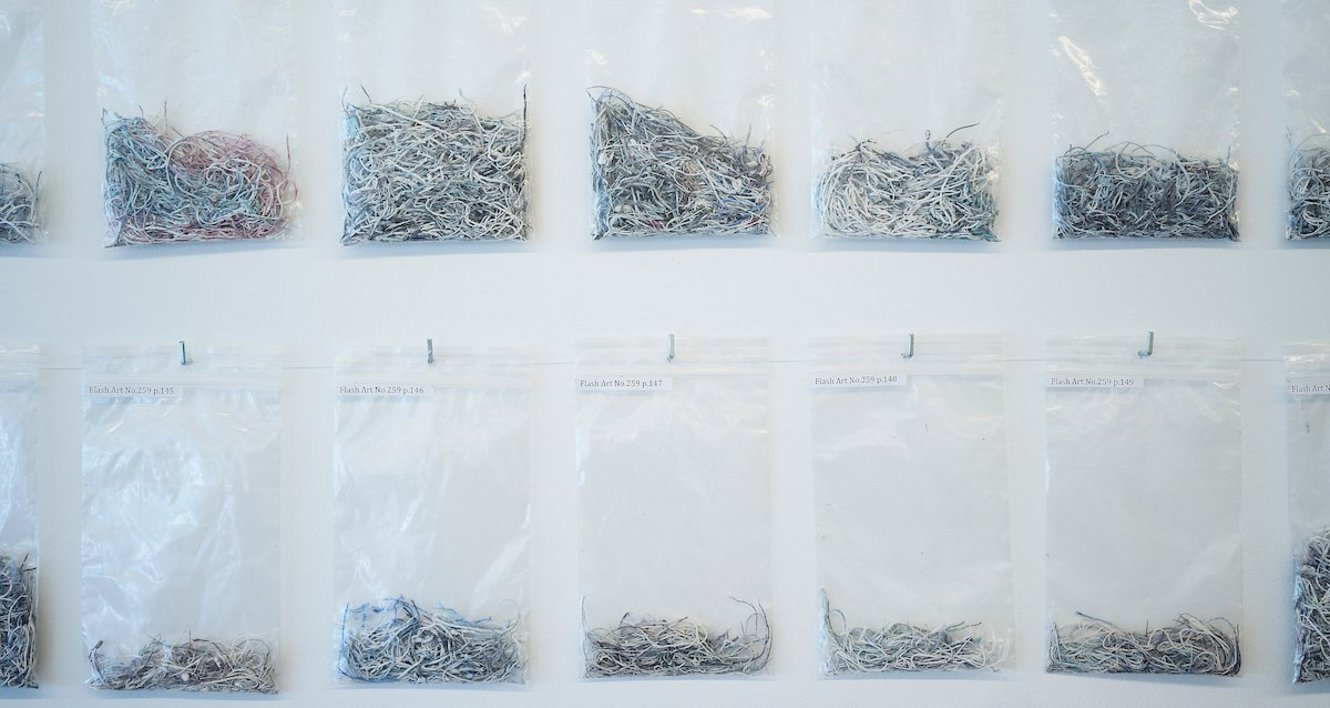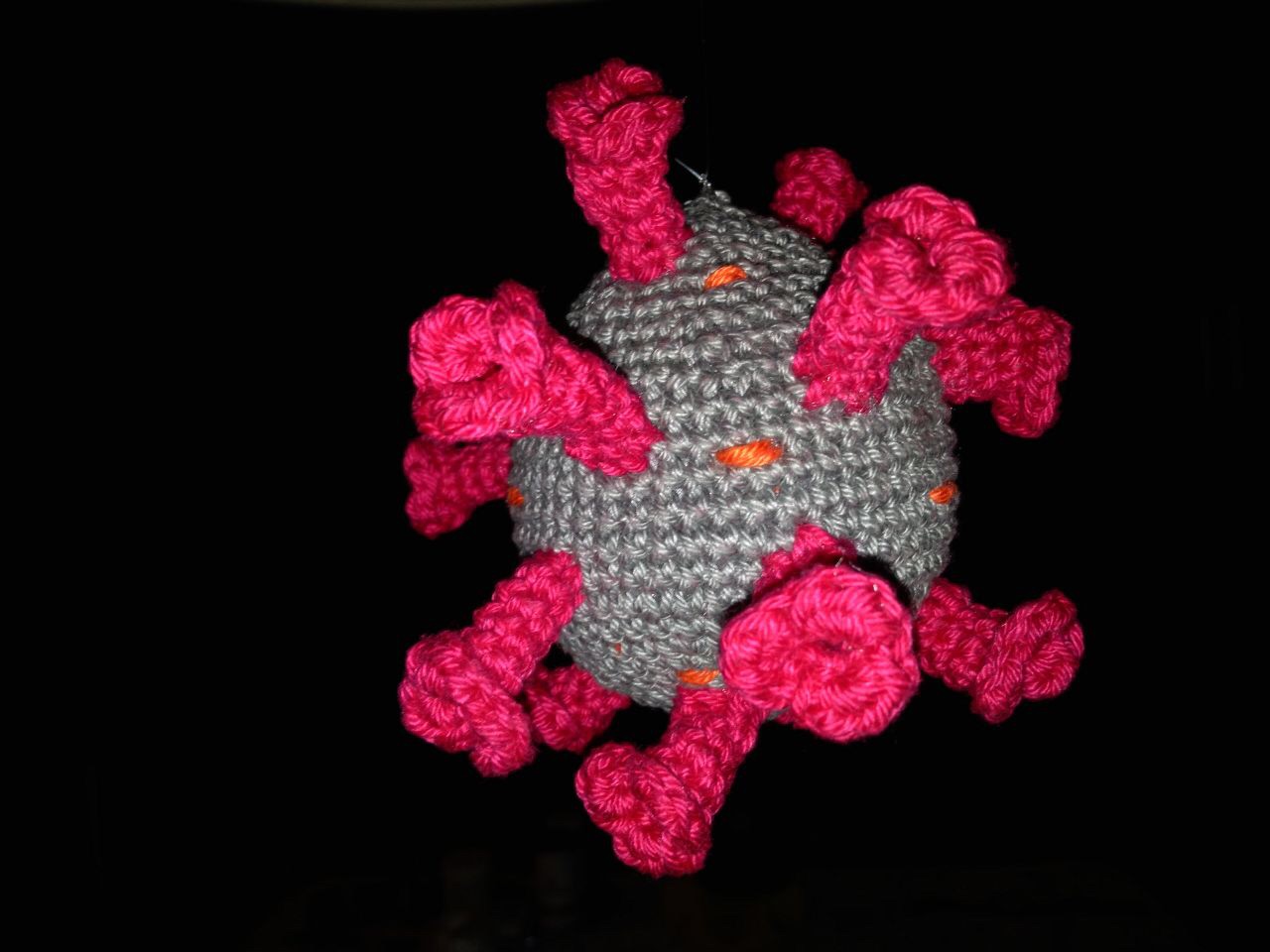Special exhibitions
Nativity Scenes from Vorarlberg
Exhibition in the Event Hall on the 1st Floor, 08 12 2020 – 17 01 2021
The collection of the vorarlberg museum lacked nativity scenes, particularly contemporary ones, despite the 19 nativity construction groups with some 1,500 members that are active in the federal state. In order to document the art of contemporary nativity scene construction, these associations built scenes especially for the museum, with an astonishing diversity of nativity scenes created. Various designs and special local features were integrated depending on the region or valley they were built in. For nine nativity scenes, the members of the associations also created the figures, the others were made by wood sculptors of Vorarlberg. In conclusion of this cooperation, the nativity scenes are shown in an exhibition which will also be documented by a newly published book.
In cooperation with the Vorarlberger Landeskrippenverband.
Nolde Luger. Graphic Provocation
23 11 2019 – 02 2020
EXTENDED until AUGUST 30th
Whether at the Flint Festival (1970/71) or at the Bregenzer Randspiele (1972 – 1976) (alternative culture festival in Bregenz) – the graphic designer Nolde Luger was one of the leaders of the cultural protest movement in Vorarlberg. He also delivered corresponding paperwork: acrimonious posters, caricatures, pamphlets and flyers. Later, from 1983 to 2003, he designed posters of timeless beauty for all the opera productions at the Bregenz Festival. Today, almost everybody in Vorarlberg knows the graphic designer’s work – the logos of cities and communities, the design of local and regional bus fleets and the typical steles at bus stops as well as the guidance systems in buildings and public spaces. Embedded in the context of cultural and contemporary history, the exhibition shows numerous examples of Luger’s constructive and critical work.
In cooperation with the Vorarlberger Landesbibliothek.
Exhibitions in the Atrium - Free entry!
Fourteen Holy Helpers.
A Heavenly Package Policy
07 03 – 24 05 2020
EXTENDED until AUGUST 30th
For centuries, people have been praying to heavenly powers for help. There were patron saints for every- thing that impaired or even threatened human existence in the Middle Ages and the early Modern Age. To eliminate the risk of water, for example, according to popular belief, it was first Saint Nicholas who helped, and later on in the Baroque Era Saint John of Nepomuk. As the most prominent patron, Saint Christopher was appealed to daily because he protected people from an unexpected and sudden death. Today, only motorists still regard him as their patron. The exhibition showcases legends and illustrations of the Fourteen Holy Helpers in Vorarlberg who served as a kind of package policy in former days. Apart from Saint Christopher, the Fourteen Holy Helpers include the saints Agathius, Giles, Barbara, Blaise, Cyriacus, Denis, Erasmus, Eustace, George, Catherine of Alexandria, Margaret of Antioch, Pantaleon and Vitus.
Interventions and cooperations
Intervention in the Museum/Exhibition at Druckwerk Lustenau,
Druckwerk Lustenau, Hofsteigstrasse 21, Lustenau
18 03 – 31 07 2020
In their free-spirited and radical approach to the federal state’s collection of contemporary art, the curators Severin and Pirmin Hagen make the collection visible through renunciation. The show- cases on the second floor stay empty. Instead, you can listen to the artists philosophising. They do not talk about individual works but about questions of collecting and ordering, claiming that five categories are sufficient enough to rearrange the collection of contemporary art. To the last of these categories, the Hagen brothers dedicate an exhibition with the title Löcher, die nicht einmal der Schnee zudeckt (Holes that not even snow covers up) at Druckwerk Lustenau.









